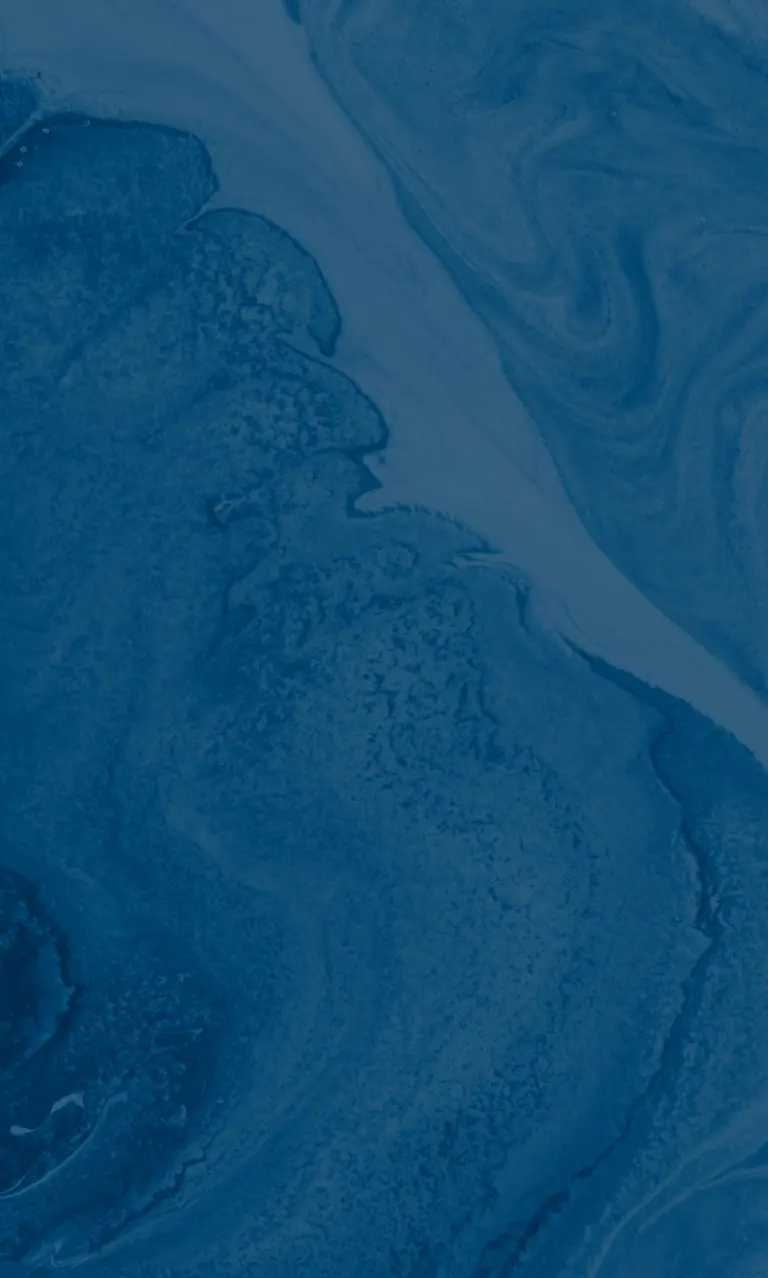SURIMI Metallic ion sensors adapted to any environment
Metallic elements are naturally present in oceans, freshwater and biota from the Arctic to the Antarctic. Levels of these metals are measured for environmental monitoring of water, biogeochemical research into hydrothermal sites and assessing the potential impact of the industrial mining of sulphur-rich sites.
Methods have been developed for gauging the levels of metallic elements, but the majority of analyses have been lab-based. The samples of data provided are accurate but low on spatial and temporal resolution.
The SURIMI project will develop multi-metallic element sensors capable of carrying out analyses from the lab to the toughest conditions, such as abyssal zones and polar seas. The sensors will be used to monitor freshwater pollution involving Cd, Hg, Pb and Ni, and to develop a rapid subsea assessment of concentrations of Ni, Cu, Zn and Hg in the water.
A commercial product should be ready for launch at the end of the project.
Partners
Entreprise
- KLEARIA, Valbonne
Centres de recherche
- Ifremer, Recherches et développements Technologiques (REM-RDT), Brest [Porteur de projet]
- Ecole Supérieure Physique Chimie Industrielle (ESPCI), Chimie, Biologie, Innovation (CBI), Paris
- Université Paris-Saclay, Institut d’optique, Laboratoire Charles Fabry (LCF), Palaiseau
- Laboratoire Nanotechnologies et Nanosystèmes (LN2), Sherbrooke (Canada), Paris [unité mixte France-Canada]
- Bureau de Recherches Géologiques et Minières (BRGM), Orléans
- TAKUVIK, Québec (Canada), Paris [unité mixte France-Canada]
Funders
- Agence Nationale de la Recherche
